The Pir Panjal Range, part of the majestic Himalayas, stretches from Murree in Pakistan to the Rohtang Pass in Himachal Pradesh, India. This region, known for its breathtaking landscapes, has recently become the center of an archaeological enigma that hints at the existence of a previously unknown civilization. The discovery of mysterious horsemen statues in the Jammu region of the State of Jammu and Kashmir has sparked interest and speculation among historians, archaeologists, and the local populace. This article delves into the findings of a Russian-Indian archaeological team and explores the implications of their discoveries on our understanding of the region’s history.
Get your dose of History via Email
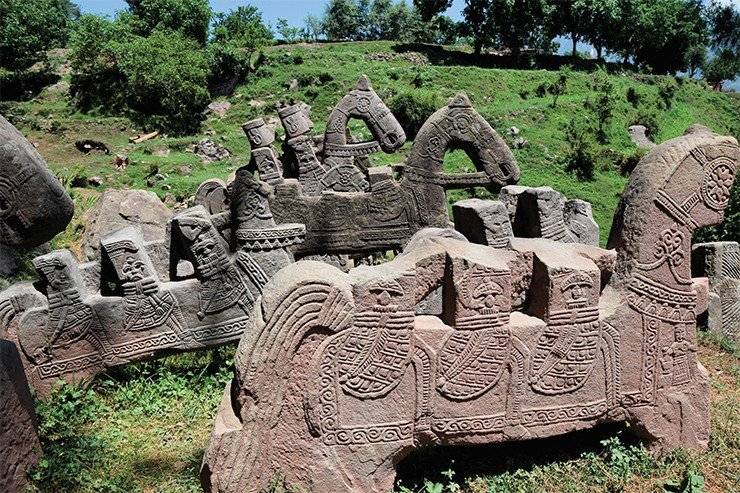
Discovery and Initial Investigations
In June 2017, a groundbreaking expedition led by a Russian-Indian archaeological team, supported by the Gerda Henkel Foundation, embarked on a mission to explore the western part of the Inner Himalayan region within the Pir Panjal Range. Their objective was to document and analyze the stone horse sculptures that have long been part of local lore in the Ramban district of Jammu and Kashmir. This expedition, led by Russian scholar Natalia Polosmak, was part of a three-year research project financed by the Institute of Archeology and Ethnography (IAE) of the Russian Academy of Sciences, with additional funding from the Russian Science Fund and the Henkel Foundation of Germany.
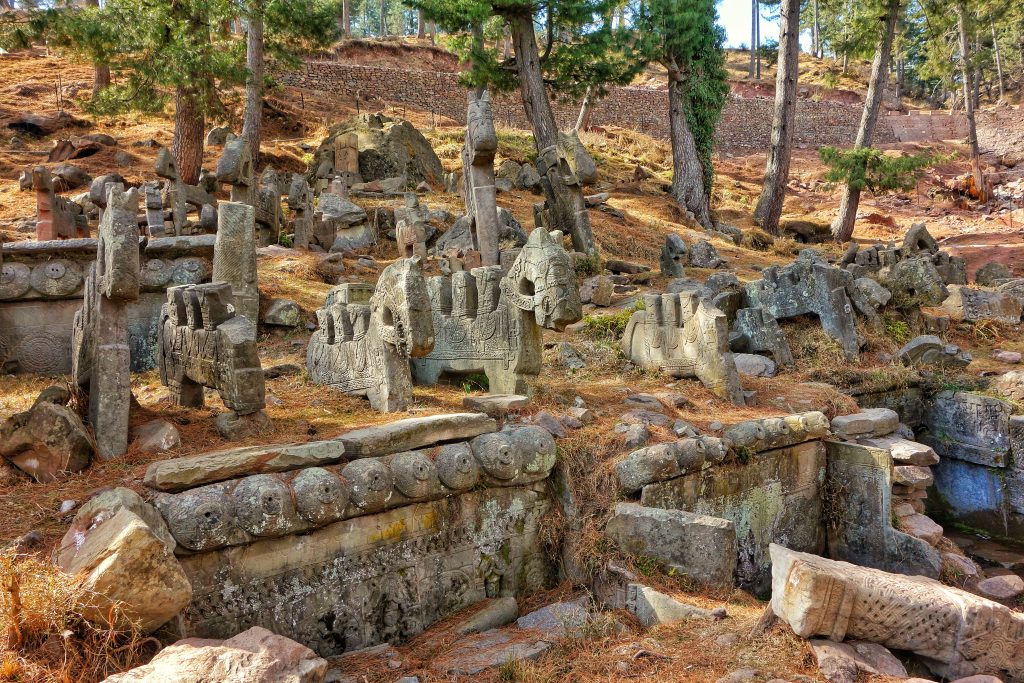
The Gool Site: An Open-Air Museum
The team’s investigations focused on the area around the village of Gool, where they discovered numerous sculptures and flag-stones scattered across fields and streams, and even integrated into local architecture. This site, effectively an open-air museum, offered a unique opportunity to study these artifacts in their natural setting. The local Muslim population had little knowledge of the statues’ origins, regarding them as mysterious remnants from an unknown past.
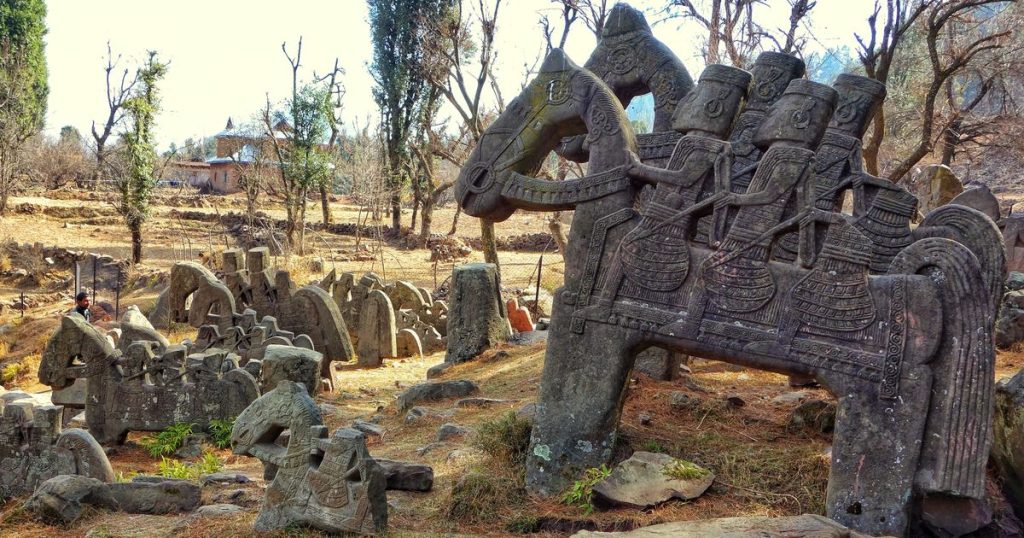
Technological Approach to Documentation
To document the statues, the team employed advanced technological methods, including surface laser scanning by the Trimetary Consulting team led by Mikhail Anikushkin. This technique generated a colored point cloud that provided detailed information on the geometry, spacing, orientation, and micro-relief of the site, aiding in scientific analysis, excavation planning, and conservation efforts.
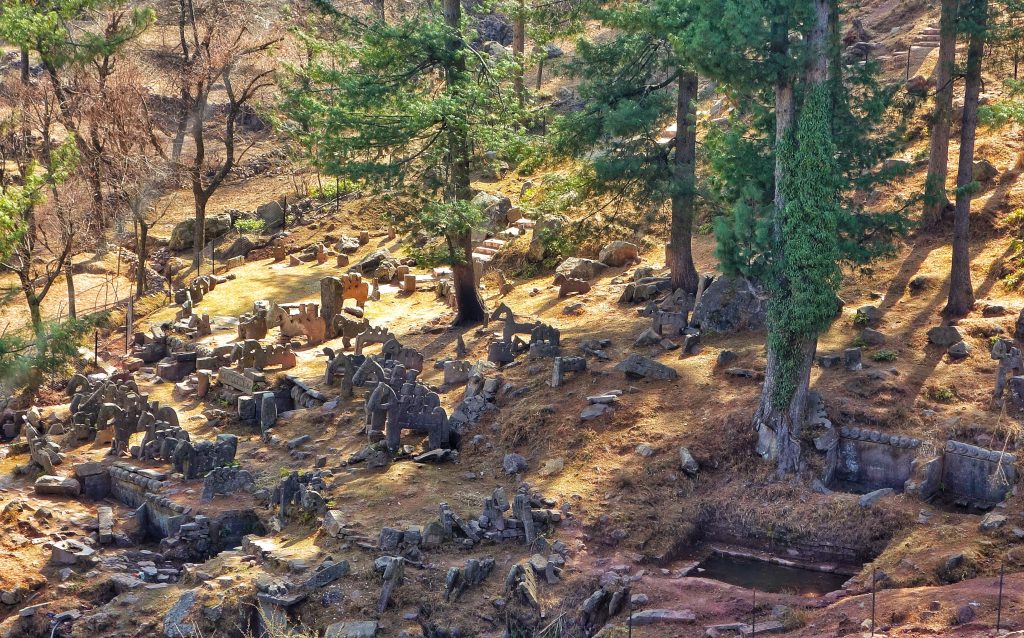
Discovery of Ritual Complexes and Water Sources
The expedition uncovered two ancient ritual complexes with unique stone figures, marking a significant breakthrough in the study of the region’s history. About 200 horsemen statues were found within these sanctuaries, some depicting multiple riders on a single horse. These findings suggest the presence of a previously unknown civilization that thrived in the Himalayas during the Middle Ages. Additionally, several water sources and other stone structures related to the religious complexes were discovered, further emphasizing the significance of these sites.
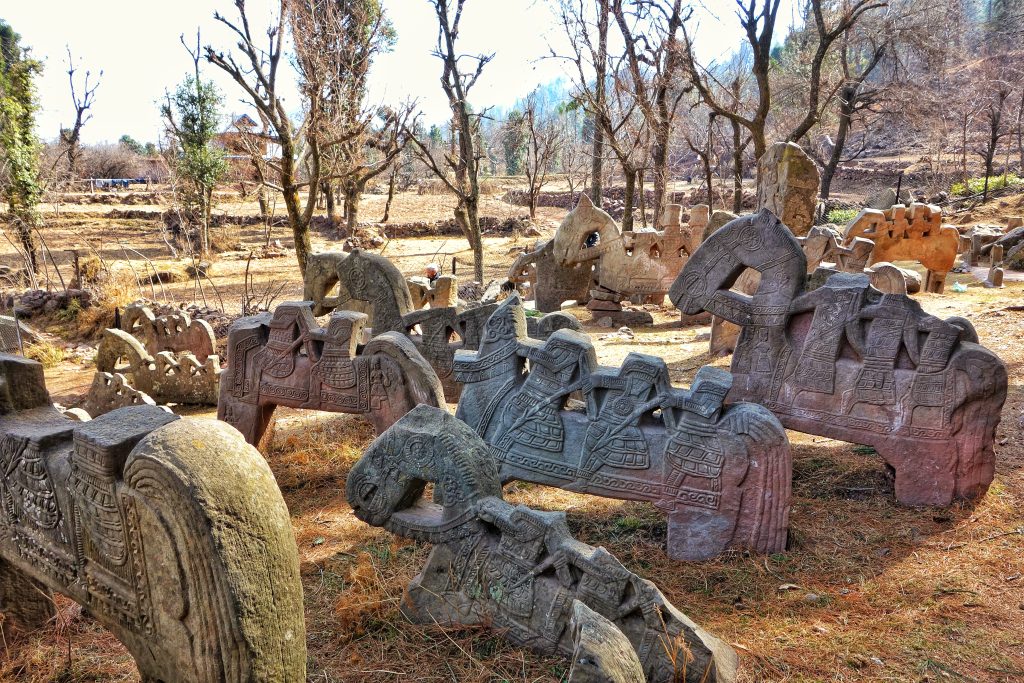
The Horsemen: Warriors or Mythological Beings?
The statues depict horses bearing multiple riders, possibly representing mythological characters or heroes. The detailed craftsmanship reveals the riders’ attire, ornaments, and weapons, suggesting a connection to the Hephthalite rulers of the 5th to 7th centuries AD. This link provides valuable insights into the cultural layer of the region during a time of invasion and rule by these enigmatic figures.
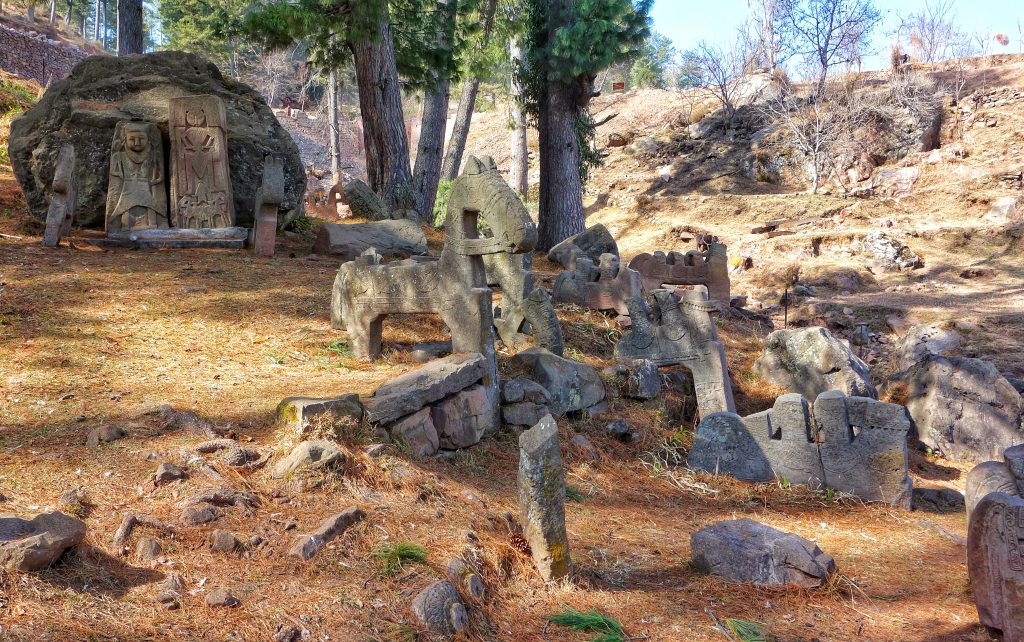
A Long-Lost Civilization?
The discovery of these horsemen statues and ritual complexes has led researchers to speculate about the existence of a long-lost civilization in the Himalayas. According to Viacheslav Molodin, deputy director of the IAE, this civilization appears to have emerged suddenly, settled in remote areas, and left behind a remarkable legacy. The uniqueness of the sculptures and the absence of similar artifacts in the history of Indian arts suggest that we are only beginning to uncover the complexities of this region’s past.
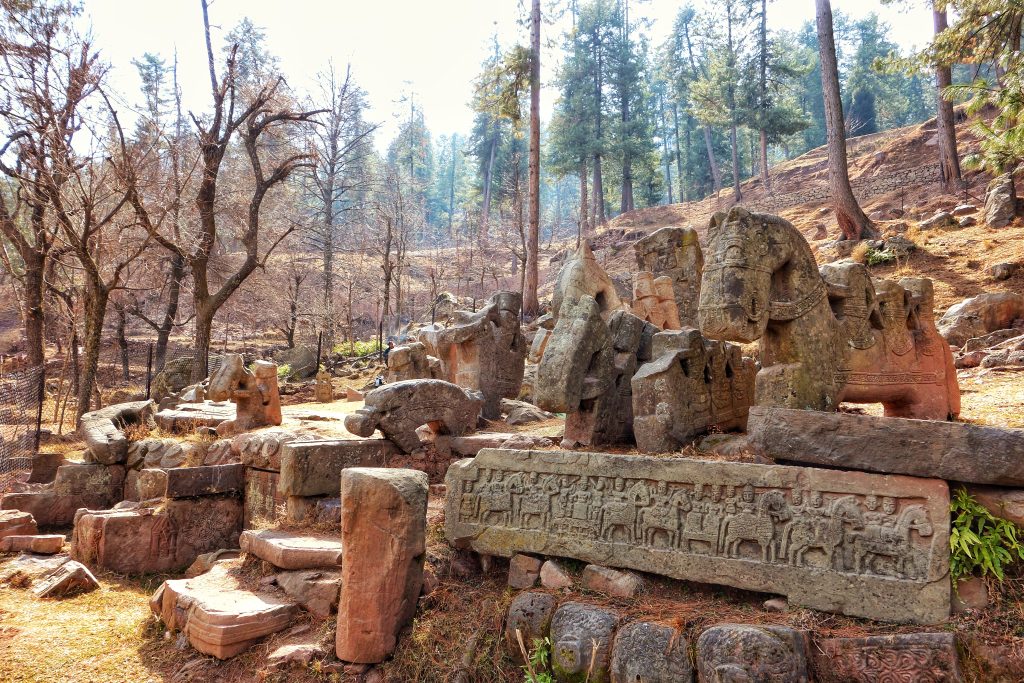
Conclusion
The mysterious horsemen statues of the Pir Panjal Range stand as a testament to a civilization that has remained hidden from the world until now. These findings challenge our understanding of the historical and cultural dynamics of north-western India and the Himalayan region. As research continues, it is hoped that further investigations will reveal more about the origins, purpose, and people behind these enigmatic sculptures, shedding light on a chapter of human history that has remained untold.
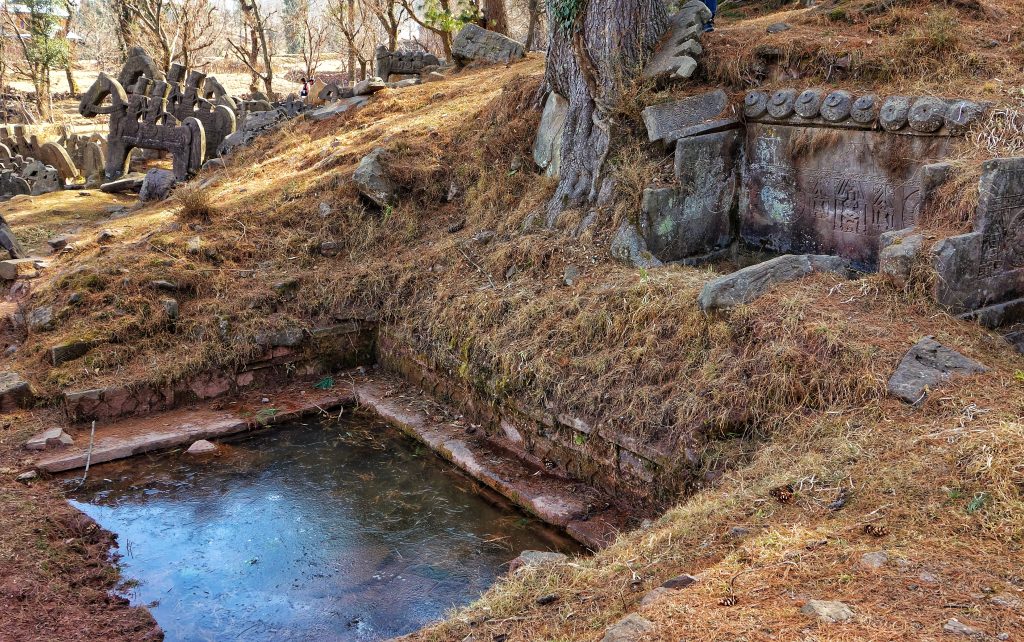
Sources:
https://steppes.proboards.com/thread/2095/statues-depicting-hephthalite-riders-india
https://www.bizsiziz.com/archaeologists-in-india-find-evidence-of-a-previously-unknown-civilization/

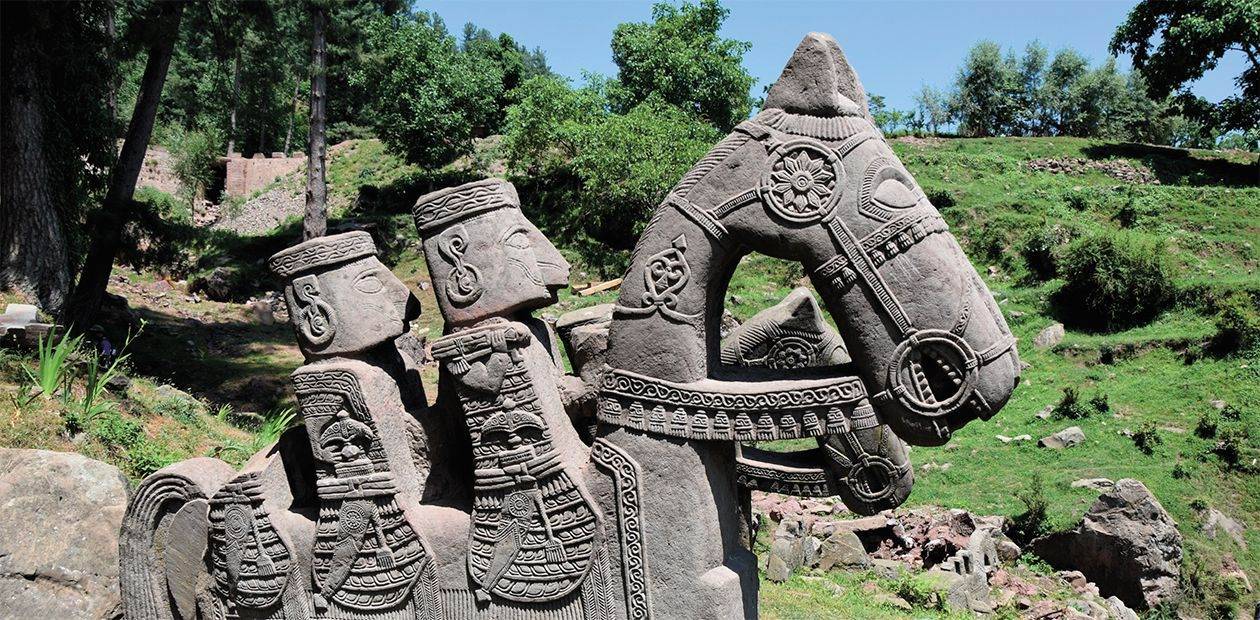
Thank You. Its amazing how many sites there are that we know nothing about.
Again Thank You
🪨⭐️👍😁❤️🇨🇦🍻